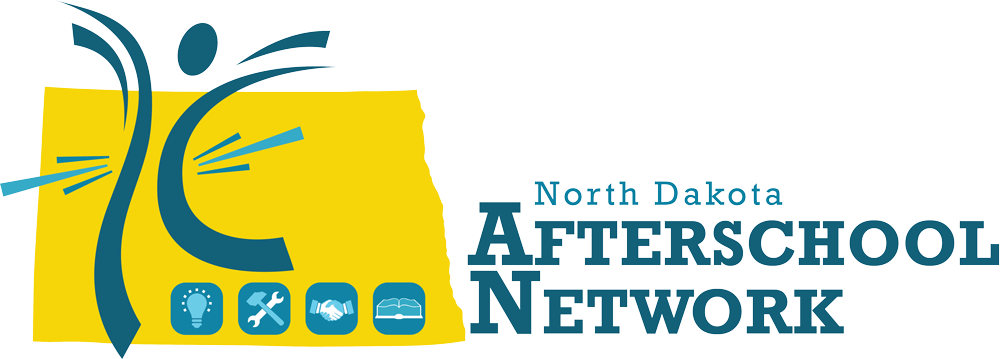One of the primary goals of engineering education is to promote the development of an engineering mindset. Also referred to as ‘engineering practices’ or ‘engineering habits of mind’, the engineering mindset refers to the values, attitudes, and thinking skills associated with engineering.
STEM NEXT has identified 10 practices of high-quality afterschool engineering experiences that help students develop and strengthen an Engineering Mindset (Cunningham, 2018; Cunningham & Kelly, 2017):
-
Children consider problems in context: Engineers work to create solutions to specific real-world problems, and children should, too. Challenging students to build a tall tower using only drinking straws and paper clips can be engaging and fun, but it lacks purpose. A challenge that asks students to design a device that keeps important medicine cold during transport in an area ravaged by a natural disaster is an example of a problem embedded in rich context and introduces students to a more realistic vision of what engineering is. Being able to consider background information about the problem, the needs of the client, and the implications of solutions are all part of developing an engineering mindset.
-
Children use a specific problem-solving process: Part of what distinguishes “engineering” from “tinkering” or “making” is the use of a multi-step engineering design process. The explicit structure of an EDP scaffolds learning and breaks the process down into a set of discrete steps. Rather than diving headfirst into a problem and learning by trial and error, engineers follow steps that support planning and testing and improving solutions. Calling out discrete phases of the process can also help children to focus on the goals of that day’s endeavor. Learning to solve problems with the explicit help of a problem-solving process is part of developing an engineering mindset.
-
Children investigate the properties and uses of materials: Engineers make thoughtful choices about the materials they use to create technologies. They explore material properties and consider the advantages and disadvantages of various choices. To develop an engineering mindset, for a given challenge, students should be given a wide selection of materials to choose from, be given ample time to explore their properties, and then consider which are most appropriate for the task.
-
Children consider constraints and criteria that require trade-offs: Engineers need to design to specifications. Oftentimes, these entail trade-offs. For example, the strongest material might also be heavy and difficult to work with. A design that is simple and elegant might also be very expensive. To help reinforce the engineering mindset, clear criteria for success should be stated and children also asked to work within design constraints. For example, they might be asked to design a parachute that falls slowly to the ground, but also has a canopy small enough to fit into a small shipping package.
-
Children envision multiple solutions: A major feature of engineering challenges is that they can be solved in multiple ways and there is no ‘correct’ solution. In fact, brainstorming and analyzing multiple solutions, comparing the effectiveness of various designs, and making informed recommendations to a client are major components of engineering work. Children should be encouraged to brainstorm several different ways to solve problems and be given the chance to compare and contrast their ideas. This process is critical to the engineering mindset; it encourages children to innovate, take risks, and become comfortable solving open-ended problems.
-
Children apply science and math knowledge to problem solving: Engineers use knowledge of math and science to solve problems. They combine that knowledge with their own creativity to design technologies. Challenges that are closely tied to the science that children are learning in school are both authentic and compelling for students. For example, engineering activities that are based on magnetism, Newton’s laws, or the basic needs of living things help reinforce engineering’s strong connections to math and science.
-
Children evaluate designs and make improvements: As mentioned earlier, reflection and evaluation of ideas is critical to the engineering mindset. Children are rarely asked to evaluate their own work, and engineering provides a rich arena in which to practice these skills. Engineering designs can be tested to see how well they work and the feedback from testing can be used to revise and improve solutions. High-quality engineering activities emphasize the iterative nature of engineering design and have opportunities for revision and improvement built into them.
-
Children persist and learn from failure: Every engineering challenge is different (defined by its own unique set of criteria and constraints) and there is rarely a simple and direct solution. Rather, the process of developing a functioning or high-quality solution takes time and requires perseverance. Engineering activities that present failure as an opportunity to revise and improve will help students understand that learning from failure is part of the engineering mindset.
-
Children work effectively in teams: Engineering is rarely a solitary pursuit. Teams of engineers work together, bringing a diversity of opinions and skills to the problem at hand. To develop an engineering mindset, students need to experience both the struggles and rewards of working in teams. Learning to communicate and negotiate effectively develops the collaborative skills that are part of the engineering mindset.
-
Children envision themselves as engineers: High-quality engineering activities have the power to build agency in students and help them identify as capable problem-solvers. When students experience the success of using an engineering design process to create technologies that solve problems and help others, they begin to envision themselves as engineers and are more likely to pursue engineering opportunities in the future.
Students need multiple scaffolded experiences over time to develop this mindset. As they gain experience and maturity, use of the engineering mindset will become more routine and more complex.
References:
Cunningham, C.M (2018). Engineering in elementary STEM education: Curriculum design, instruction, learning, and assessment. New York, NY: Teacher College Press.
Cunningham, C.M., & Kelly , G. K. (2017). Epistemic practices of engineering in education. Science Education. 101, 486-505



